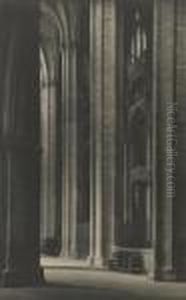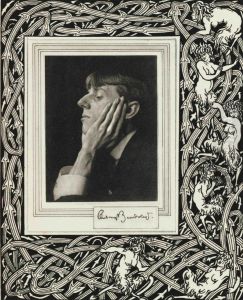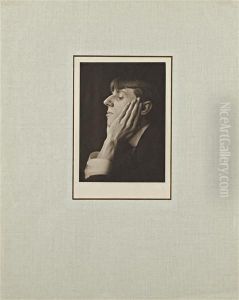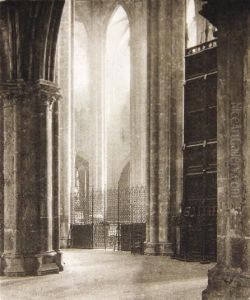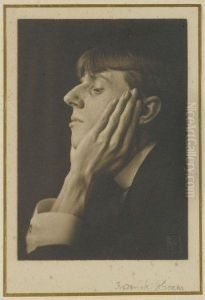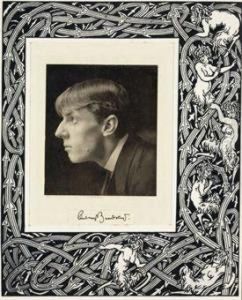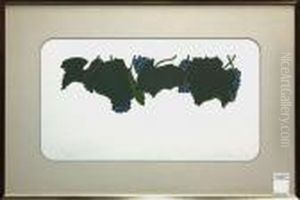Frederick Henry Evans Paintings
Frederick Henry Evans was a British photographer best known for his images of medieval cathedrals and churches, particularly for his platinum prints of the interior of these structures. Born on June 26, 1853, in London, England, Evans initially pursued a career in the book trade, but his interest in photography, which began as a hobby, became his professional calling by the 1890s.
Evans was self-taught and developed a meticulous approach to his craft. He believed in the philosophy of 'pure photography', a concept that valued the sharp focus and full tonal range of the photograph without manipulation. His dedication to capturing the 'perfect' image meant that he would often wait for days for the ideal lighting conditions.
One of his most acclaimed series of photographs is of the interior of the Sainte-Chapelle in Paris, which showcases his exceptional ability to manipulate natural light to enhance the architectural forms and the space's spiritual quality. Evans's work was also characterized by his use of the platinum printing process, which yielded prints with a wide range of subtle tones and a very stable image.
Aside from cathedrals, Evans also photographed landscapes and was interested in the pictorialist movement, though he maintained his preference for sharp, detailed images over the more painterly style favored by some pictorialists. His photographs were widely exhibited during his lifetime, including at the Royal Photographic Society in London, and they garnered significant acclaim.
Later in life, Evans sold his entire collection of negatives to the Victoria and Albert Museum in London, ensuring the preservation of his work. He ceased photographing in 1915, turning his attention to collecting and dealing in books and prints. Frederick H. Evans passed away on June 24, 1943, leaving behind a legacy as one of the most important architectural photographers of the late 19th and early 20th centuries.
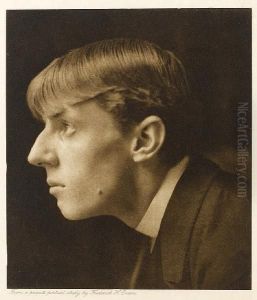


![[york Minster] Into The Transept](https://www.niceartgallery.com/imgs/568731/s/frederick-henry-evans-york-minster-into-the-transept-15830b8f.jpg)

